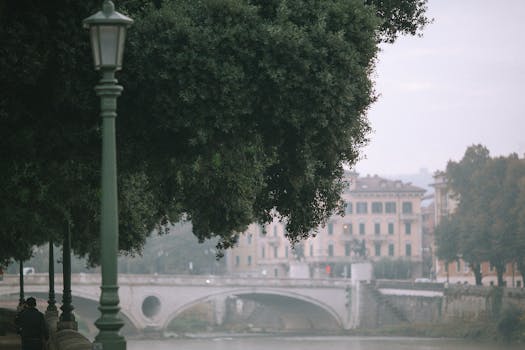
Urban Green Spaces: The Future of Outdoor Living in European Cities by 2025
Urban Green Spaces are becoming increasingly important in European cities, and for good reason. As the world becomes more urbanized, the need for green spaces has never been more pressing. Not only do they provide a peaceful escape from the hustle and bustle of city life, but they also play a critical role in maintaining the physical and mental health of urban residents. In this article, we will explore the future of outdoor living in European cities and how urban green spaces are shaping the way we live, work, and interact with our environment.
The Benefits of Urban Green Spaces
Urban green spaces, such as parks, gardens, and green roofs, offer a multitude of benefits to urban residents. Some of the most significant advantages include:
- Improved air quality: Green spaces help to absorb pollutants and particulate matter, improving the overall air quality in urban areas.
- Reduced noise pollution: Green spaces can act as a buffer, reducing the noise levels in urban areas and creating a more peaceful environment.
- Increased biodiversity: Urban green spaces provide a habitat for a wide range of plant and animal species, helping to maintain biodiversity in urban areas.
- Improved mental health: Spending time in green spaces has been shown to reduce stress levels, improve mood, and even reduce symptoms of anxiety and depression.
- Increased physical activity: Green spaces provide opportunities for outdoor recreation, such as walking, cycling, and sports, which can help to improve physical health and reduce the risk of chronic diseases.
The Future of Outdoor Living in European Cities
By 2025, European cities are expected to be even more urbanized, with a growing population and increasing pressure on urban infrastructure. However, this also presents an opportunity to create more sustainable, green, and livable cities. Some of the key trends that are expected to shape the future of outdoor living in European cities include:
- Green infrastructure: The use of green roofs, green walls, and other forms of green infrastructure to reduce the urban heat island effect, manage stormwater runoff, and improve air quality.
- Sustainable urban planning: The creation of compact, walkable, and mixed-use neighborhoods that prioritize green spaces, public transportation, and pedestrian-friendly design.
- Community engagement: The involvement of local communities in the design, maintenance, and management of urban green spaces, which can help to foster a sense of ownership and community pride.
- Technology and innovation: The use of technology, such as smart city initiatives and green technology, to improve the management and maintenance of urban green spaces and create more efficient and sustainable cities.
Case Studies: Urban Green Spaces in European Cities
There are many examples of urban green spaces in European cities that are already transforming the way we live, work, and interact with our environment. Some notable examples include:
- The High Line in London: An elevated park built on an old rail line, which has become a popular destination for both locals and tourists.
- The Park de la Ciutadella in Barcelona: A large public park that features a lake, fountain, and plenty of green space for recreation and relaxation.
- The Prater Park in Vienna: A large public park that features a famous ferris wheel, plenty of green space, and a variety of recreational activities.






